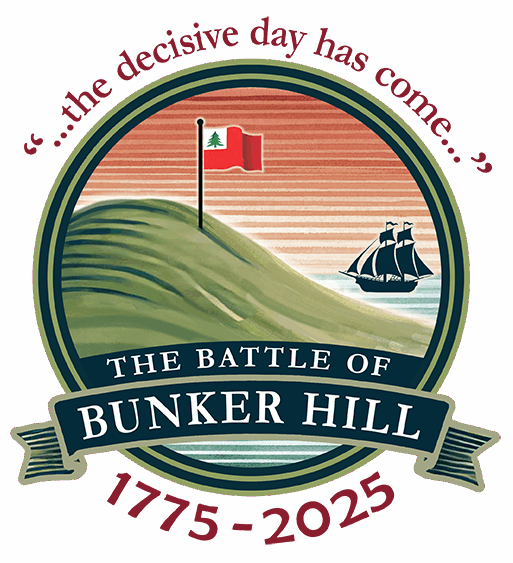Explore the famous British leaders involved in the Battle of Bunker Hill.
General Thomas Gage (b. 1718/19) is the overall commander of British Forces in North America and currently serving as the Military Governor of Massachusetts Bay. In the wake of Lexington and Concord, Boston is surrounded by New England militia, trapping Gage and his army inside the town. With reinforcements on the way, he prepares to break out of Boston by seizing the high grounds that surround the peninsula; the objective is to capture Dorchester Heights across the harbor to the south, and the hills of Charlestown across the Charles River to the north. Gage sets his plans for June 18, but when American officers learn of the British intentions, they send a force to fortify Charlestown before Gage’s men can get the chance. To prevent the colonists from keeping the high ground, Gage sends Generals Howe, Pigot, and Clinton to cross the water and charge the hill. Gage is not on the field at Bunker Hill, but watching the battle from the steeple of Old North Church, the very spot where Paul Revere had arranged a signal to Sons of Liberty, which started the war.
Maj. General William Howe (b. 1729) just arrived in Boston aboard the HMS Cerberus only three weeks ago with a wave of reinforcements for General Gage. As veterans of the Seven Years War, General Howe and his brother, Admiral Richard Howe got to know the colonists they now faced as enemies; the eldest Howe brother, George, died in the arms of Israel Putnam, the colonial general now occupying Breed’s Hill. William and Richard have been publicly sympathetic to the colonial cause and are popular amongst the colonists. They are considered Britain’s best hope for bringing the colonists to their senses. Howe’s powers are diplomatic as well as military, and he believes that a quick decisive victory will bring the colonists to negotiate. General Gage has given him command of 3,000 men to take Bunker Hill and break the stalemate. Howe prepares his best troops – the grenadiers and light infantry – to cross the Charles River and attack the colonial position.
General Sir Robert Pigot (b. 1720) is the second of three successful sons. His younger brother is a Rear-Admiral in His Majesty’s navy, and Commander-in-Chief of the West Indies fleet. Robert’s older brother George is the Governor of Madras in India, and is soon to begin his second stint as President of the East India Company (it was East India Tea that was dumped in Boston Harbor eighteen months ago). Robert is a veteran of the Seven Years War, and his strong family connections have made him Britain’s Warden of the Mint. He is in command of the left flank Howe’s landing force. His men will need to clear the village of Charlestown and attack the Colonial forces head on.
General Sir Henry Clinton (b. 1730) spent his career in Europe, fighting in Germany during the Seven Years War alongside Charles Lee and William Alexander (two men he will soon face as enemies in America). His arrival aboard the HMS Cerberus only three weeks ago is his first in America, and his long service fighting professional European armies is an asset for the beleaguered General Gage. It was Clinton’s suggestion to take and fortify the hills surrounding the peninsula of Boston, and Gage approved of the idea. During the night of June 16, Clinton reconnoitered the Colonial position and reported to General Gage. He pushed for a dawn attack across Charlestown Neck, trapping the Colonists inside their fortifications, but his plan was voted down. He watches the battle unfold from Boston before gathering reinforcements to join the third and final assault up Bunker Hill.
Major Pitcairn (b. 1722) is known to the people of Boston, and to the militiamen currently surrounding it. Pitcairn arrived in Boston in 1774 commanding 600 men of His Majesty’s Marine Forces as a part of the closing of the harbor; his son Thomas is among those marines. Major Pitcairn is considered to be very reasonable in dealing with the citizenry, and he is respected even by more rebellious colonists, which is why he was ordered to Concord in April 1775. He was the ranking officer of the advance column that reached Lexington Green on April 19, 1775 and wrangled his troops back in order after they fired on the Colonial militia there. Pitcairn and his men started the American Revolutionary War that day. Throughout the day’s fighting at Lexington and Concord, he lost a pair of pistols in the chaos. Those pistols are now in the possession of Colonial General Israel Putnam, and Putnam is now commanding the men opposite Pitcairn atop the hill in Charlestown.
